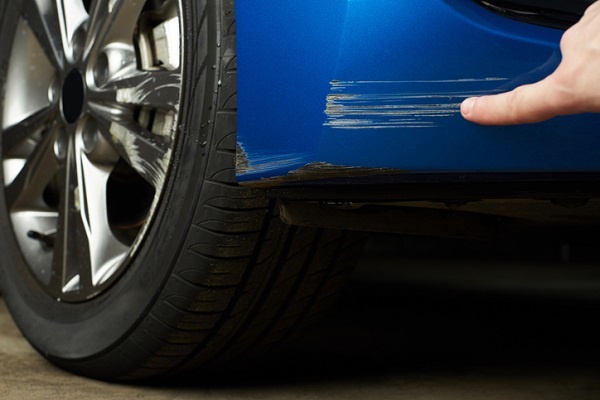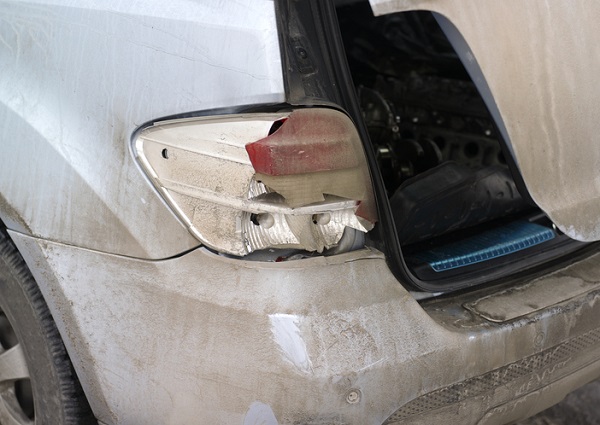
Plenty of drivers can attest to the unpleasantness of even the slightest rear-end collision, which makes up as much as 25 per cent of all automobile accidents. As if the whiplash and sore neck wasn’t bad enough, the rear bumper is probably dented in, the taillights broken, and the trunk is popped open and won’t close… but what if that isn’t the case? Some rear-end collisions may sometimes leave very little trace of visible damage, but drivers shouldn’t sound the all clear just yet.
Hidden damage can wreck havoc on the body of a vehicle, and some damage could be costly to repair, so it’s important that auto body technicians know where and how to look for it. Below are a few types of damage that can occur.
Auto Body Technicians Should Keep Their Eyes Peeled for Elusive Rear Bumper Damage
Rear bumpers and the absorbers underneath them are meant to protect or decrease damage to the back of a car in the event of an accident. In the case of harder collisions, damage to the rear bumper is much easier to spot, probably having done significant damage to other components of the back of the car. However, milder impacts from a smaller vehicle may leave no evidence of damage to the rear bumper.

For instance, the absorbers can sometimes be made of plastic and become bent and deformed in the event of a collision. As a result, they won’t be able to absorb impacts as effectively in the future. Auto body technicians should jack the vehicle, or remove the entire rear bumper, and check for any other bends, cracks, and broken seals that could jeopardize its functionality. Spotting and repairing damage like this can be instrumental in protecting other parts of the vehicle as well, such as the frame.
Graduates of Auto Body Repair Courses Should Be Wary of Hidden Frame Damages
Grads of auto body repair courses know how important the frame of the car is in terms of safety. When a driver gets into a rear-end collision, it causes a ripple effect that could bend the frame and potentially affect safety during a future accident. Bent frames may even compromise airbag activation, which puts drivers at serious risk. Damages to the frame are not always obvious, so it’s important to know how to properly assess it.
One of the more obvious ways an auto body technician can check for hidden frame damage is by measuring the distance between the rear tires and the back bumper. Should the back bumper appear too close to the tire then there is a chance that the frame has been bent. If this technique fails to turn up any results, some repair shops might carry a laser scanner for a more sophisticated type of diagnostic called laser measuring. The laser is used in tandem with reflective targets placed around the vehicle and complex software that allows professionals to better assess hidden damages by providing a highly accurate graphic. This graphic shows if the frame has been bent, helping to illuminate even subtle damage.
Trunks Take Quite a Beating in Rear End Collisions Too
A good bit of hidden damage from a rear-end collision can be found on the trunk of a vehicle. Even a light impact might damage some of the trunk’s important internal parts, preventing it from closing properly. An interesting bit of auto body repair career information is that you can check for all kinds of trunk damage by testing the seal. Usually, if a trunk gets bent inwards during a rear-end collision, it won’t be able to seal out water. Auto body technicians can test the trunk’s seal by closing it, spraying it with water, and checking to see if any droplets entered inside.

Would you like the chance to work on cars of all kinds?
Becoming an auto body technician with the help of Automotive Training Centers could be your ideal career!

